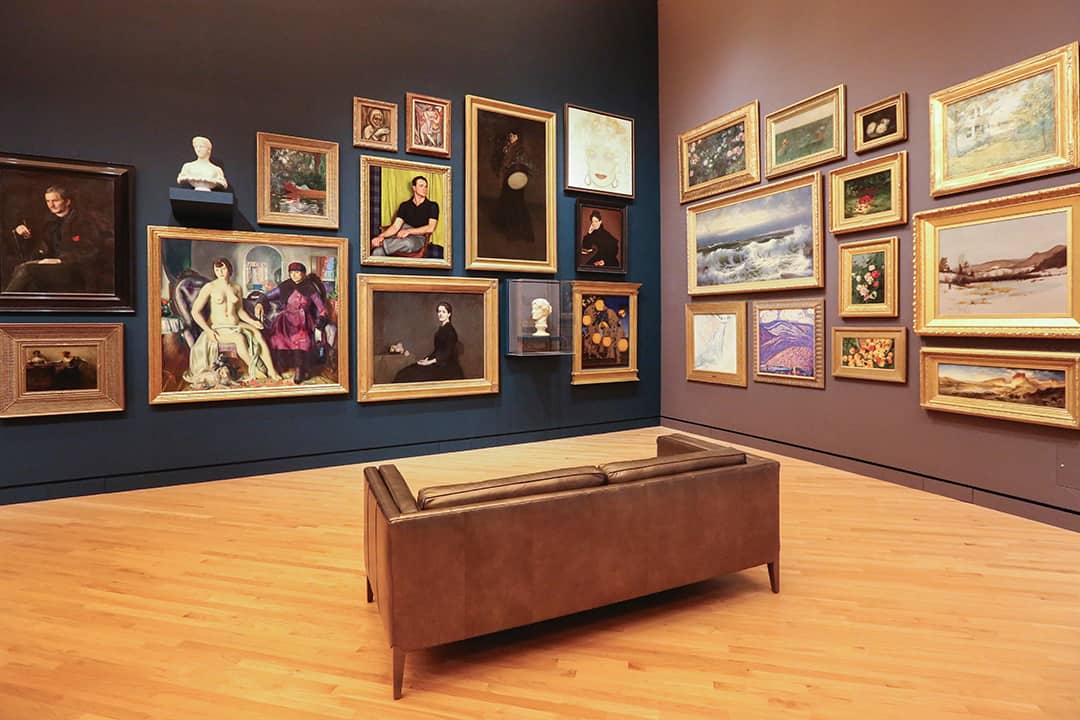Throughout my years as a student at U of T — more specifically an art and art history student at UTM — I have found that professors have formulated curriculums that are based around Eurocentric views and do not incorporate different cultural experiences.
If we examine the Art History program alone, we see major gaps in representation. For example, let’s look at the Baroque period, which occurred from the sixteenth to eighteenth centuries and which many art history classes focus on.
What I’ve found disappointing is that I have only learned about what was happening in Europe during this time. I have absolutely no idea what art looked like in India, Ghana, and China during the Baroque period. To push this idea even further, African art as a whole is not represented fully in any art history course at U of T as of now.
Not only are these courses limited to mainly European art, but they are also largely based on white artists. We don’t see a focus on talented non-white artists, even though they surely existed within Europe at the time. As students, we see paintings of white people by white artists on a daily basis.
In my time in the art history program, I have only ever learned of one Black artist, Juan de Pareja, during the Baroque period, and his work was not the focus of discussion. Instead, we learned about his life as a slave in passing.
This neglect enforces the idea that European art is the standard that should be admired, when in fact, the standard of art is all relative to what we have been taught. If we were to learn about art around the world, without it being deemed lesser than or less skillful than European art, we would open students up to a rich history that could positively influence our own techniques and broaden our understanding of what makes art “good.” We would understand that there are many different artists that aren’t limited to the likes of Michelangelo and Caravaggio, ones that show students that art and artists don’t all look one way.
The art faculty has tried in some ways to be more inclusive, but from what I’ve seen, it’s not yet enough. There has been an incorporation of Indigenous art history but nowhere near the extent needed for Indigenous culture to be fully represented in arts relating to the past and present.
In European art classes, we break down the study based on each period throughout history leading up to the present day. The same level of attention has not been shown to Indigenous art.
The UTM Department of Visual Studies website has even addressed the current anti-Blackness and lack of diversity with promises to improve the curriculum in coming years. Although I am happy to see changes being made, this brings up two major concerns for me.
First, how far is the school willing to go? Inclusivity to me does not mean a couple of courses that will satisfy the demand, but rather many courses that allow for a range of study of Black artists throughout different eras until the present day.
Second, it makes me question why it has taken so long for this to be recognized as an issue within the program and what changes need to be made so that the administration understands the importance of diversity in the arts.
As much as I believe that this is an issue within our school, it is not solely on our professors to make this change. Many of my professors are open to critiques on inclusivity in our course and try to bring in topics of diversity when they can. At the end of the day, it is up to the university to make the alterations to the program.
In my experience, for most of my classes outside of art, nearly every single one of my assigned readings is written by a white person, often a man. This means that the perspectives we are hearing do not represent a large portion of our student body. What this once again does is generalize and perpetuate the notion that whiteness is the norm; that it represents the experiences of everyone, when in fact that is not true.
Our campus is diverse, which is one of the reasons why it is amazing. This allows for cultural experiences to be shared among students outside of class, but unfortunately, the dialogue often ends there and is not communicated in the curriculum.
It is important to remember that proper representation in curricula is more than just a kindness that some professors can choose to incorporate. It should be the standard of our education to receive well-rounded information that is not limited to one perspective; an education that doesn’t depict whiteness and European culture as the only perspectives that exist.
There are so many voices to be heard, now and throughout history. It would be a disservice to those people to not give them the platform and opportunity to influence students in the same way that their white counterparts have had the privilege to do. The lack of expansion of course content is evidence of the education system’s anti-Black and colonial roots that must be overturned.
Despite this, I am hopeful for our university’s future. I am hopeful to see future students gain information that will expand their thoughts and form important conversations. I am hopeful that they will be given the opportunity to learn things that past generations did not. Most of all, I am hopeful that I will be able to see these changes come into effect during my time at U of T.
Sierra Peca is a third-year art, art history, and professional writing student at UTM.


